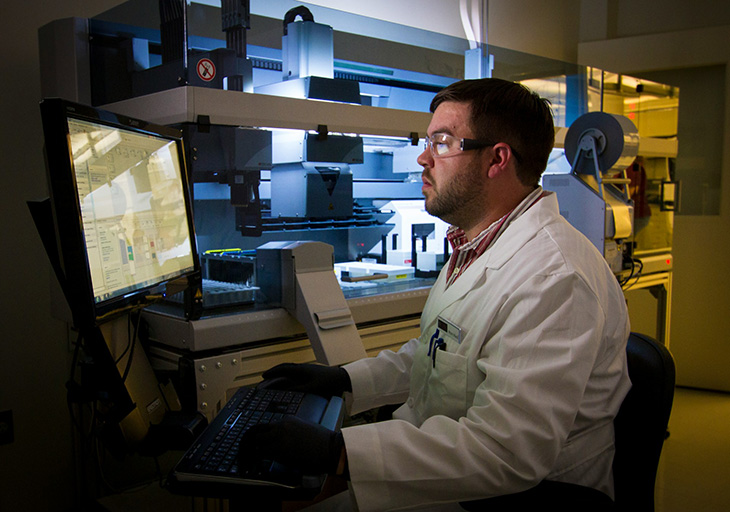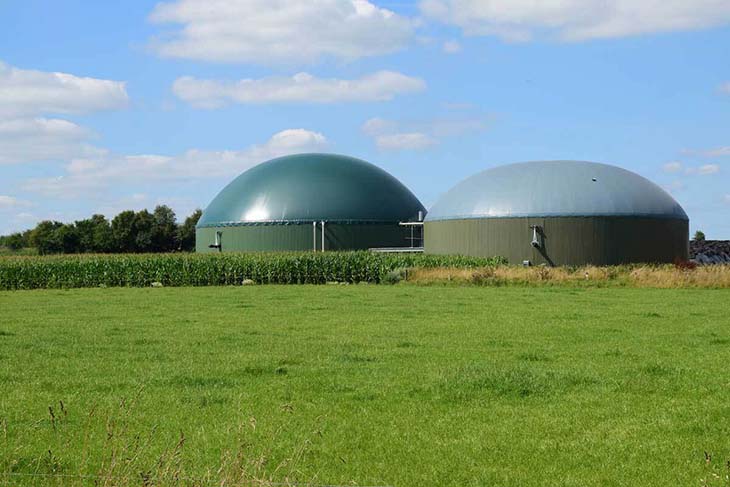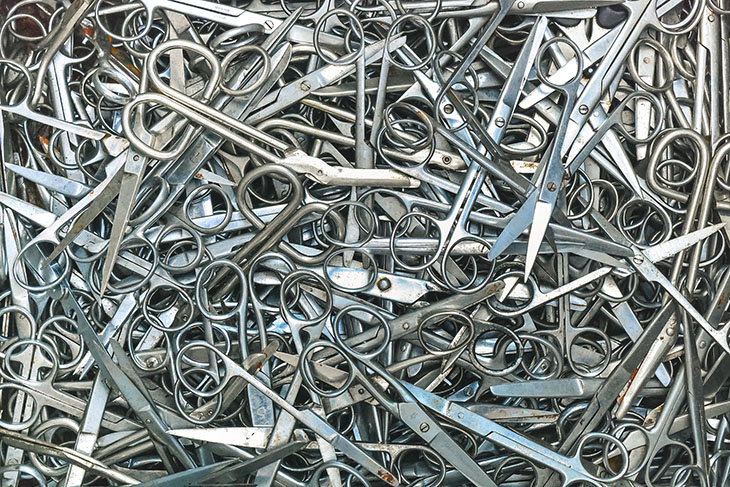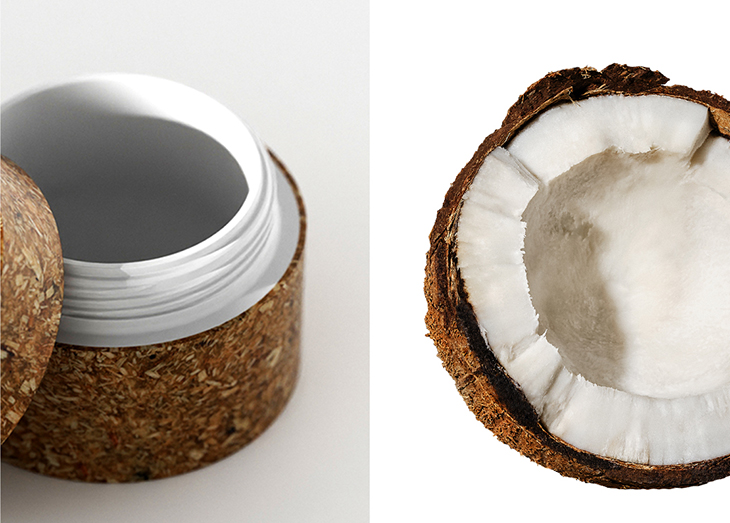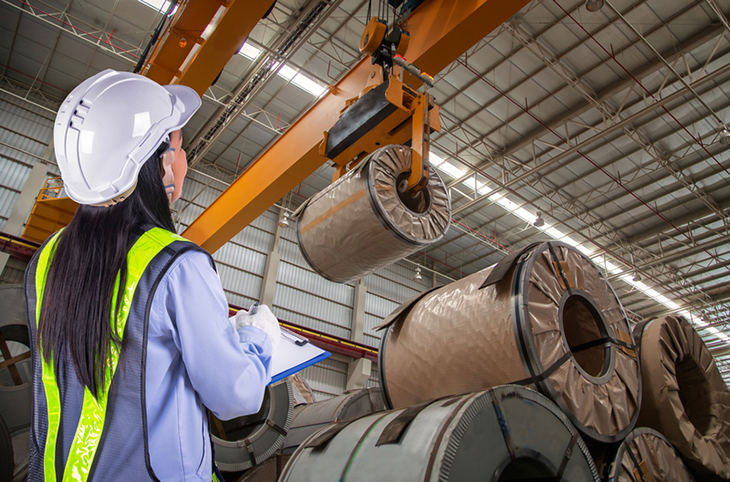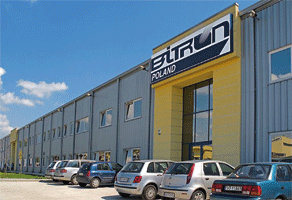A research team of experts from the University of Melbourne and the University of New South Wales recently made a notable achievement by breaking a precision-based record for the manufacture of silicon chips. Their work could one day be instrumental in furthering quantum computing. How could it apply to future quantum computing chip makers and manufacturing in general?
These Quantum Computing Chip Makers Relied on Ion Implantation
The team focused on ion implantation with their chip-production work. This method is not unique to quantum chip manufacturing and is already widely used to make binary bits for computers. However, this group hoped to advance quantum computing by slightly adapting the process to meet a new need.
In other quantum computing-specific cases, scientists have learned implanting phosphorus in silicon is an excellent way to make qubits — the counterparts to bits in conventional computing. When they tried other methods of creating qubits, many struggled to perform well in environments with noise sources that can affect a quantum computer’s accuracy.
This noise can come from mobile phones, Wi-Fi signals and disturbances in the Earth’s magnetic field, among other things. However, using donor ions through implantation can make the qubits less affected by noise and increase their capability for long-term information storage.
One common ion implantation issue is quantum computing chip makers must use high-energy methods to place the donor ions inside crystalline structures. Then, predicting or verifying the ion placement once it is inside the silicon becomes prohibitively difficult.
Adopting a Problem-Solving Mindset
In this case, the researchers dealt with noise-related challenges by implanting the phosphorus in the silicon chip along with the molecular ion phosphorus difluoride. It consists of phosphorus with two fluorine atoms.
This approach gave them 99.95% confidence that the implantation occurred and allowed placement verification. More specifically, this method spreads less than half the energy to the phosphorus atom.
The molecular ion breaks apart near the surface after implantation, significantly reducing the transferred energy. Experiments confirmed this process did not adversely affect the qubits’ performance. The team applied five seconds of 1,000˚ Celsius heat to the silicon chip, causing the fluorine atoms to diffuse.
In their paper, the researchers said this method supported the further development of stable donor qubit networks with long life spans. They also mentioned that when quantum computing chip makers work with single molecular ions, it allows improved placement by enabling better spatial awareness.
The increased precision is similar to the enhanced accuracy and speed of laser-marking equipment. Some advanced equipment requires only 1.2 seconds to add a mark. Those working in quantum chip manufacturing will likely find other ways to speed up their processes.
Pursuing scientific progress takes hard work and consistent dedication. People must also be willing to think outside the box and try methods others had not previously considered. Relatedly, they should build upon other achievements in their field.
The problem-solving approach used here is an excellent example of people recognizing a known issue and devising ways to address it. Most scientific research involves significant experimentation, so anyone outside the scientific community or otherwise unfamiliar with it should not assume experts make their lab discoveries after relatively short periods or low-level effort.
What Is Next for Quantum Chip Manufacturing?
There is still a lot for quantum computing chip makers to learn, but many things people already know are undoubtedly fascinating. For example, qubits can simultaneously represent different things, substantially expanding a quantum computer’s analytical capabilities. What are some other examples of encouraging work within the quantum computing realm?
In 2023, researchers designed a new qubit circuit they believe will improve error-correction capabilities. They did so by demonstrating a novel architecture that boosts the accuracy of qubit-related operations with much greater accuracy than previous efforts allowed. The scientists focused on a relatively new type of qubit called fluxonium, which has a longer life span than other qubits used in supercomputing.
Their architecture involved a special coupling element between two qubits, enabling logical processing to happen much more accurately than before. That component suppresses undesirable background interactions that can cause decreased performance in qubits. Experiments showed this method resulted in accuracy equal to or exceeding 99.9%, depending on the type of logical operations handled.
Another 2023 achievement concerned the development of a new quantum computing chip. Scientists may eventually use this silicon photonic chip or one like it to build quantum simulators. These types of quantum computers solve particular equations for specific use cases not addressable by standard computers.
The researchers showed their photonic chip could support scalable quantum computing applications, and provide measurable results and programmable functionality. Another advantage is people could use fabrication processes similar to those associated with conventional silicon chips to make this new type. When quantum chip manufacturing can occur with little or no investment in new equipment, production facility leaders should be more willing to adopt it.
Quantum Computing Progress Has a Broad Impact
The achievements detailed here should help many see the real-life applications of quantum computing. Then, they can start feeling excited and encouraged about the world-changing improvements quantum technology could facilitate.









